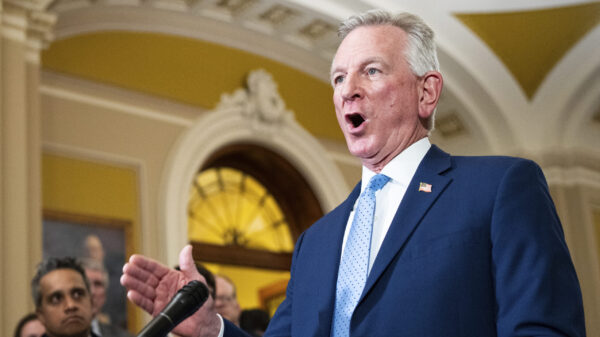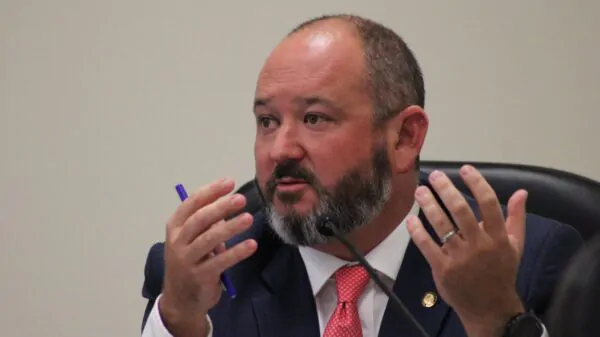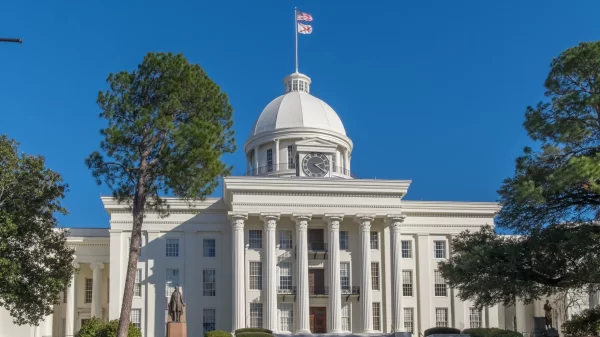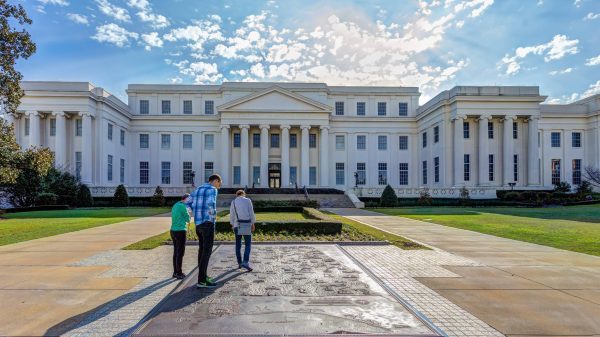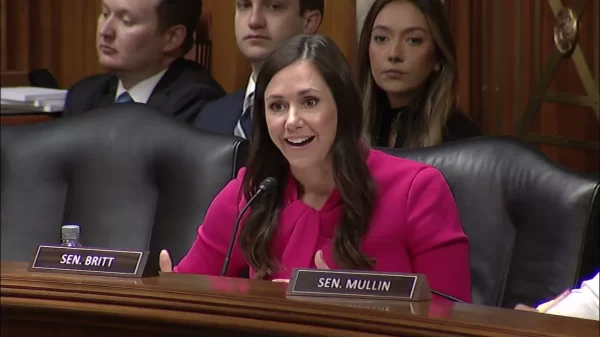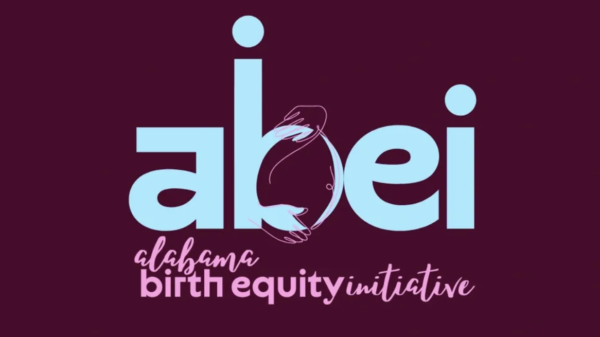Nearly two years ago, the Alabama Legislature enacted a first-in-the-nation reform to exclude overtime income from the calculation of the state’s individual income tax. In a state that consistently has one of the lowest labor participation rates in the nation (57.8 percent in March 2025), the exemption has been a “game-changer,” increasing overtime work volume and providing relief from the ongoing labor shortage experienced by many business owners. In the first nine months of its existence, the exemption saved taxpayers more than $230 million, with annual savings surpassing $300 million.
The only downside of the legislation passed in 2023 was that it had a sunset provision built into it, meaning that it expires on June 30, 2025, unless the Legislature renewed the exemption. With Wednesday marking the final day of the 2025 Regular Session, it is now clear that the overtime tax exemption will expire in the coming weeks.
Why would the Alabama Legislature choose to allow a tax exemption that has done so much good for the state and its people to expire?
The common refrain from opponents of extending the overtime tax exemption is that it was too expensive. The fiscal note for the 2023 bill estimated that it would reduce tax revenues to the Education Trust Fund (ETF) by $34 million per year. In reality, the annual savings have been closer to $320 million.
How much money are we really talking about?
Nearly all income tax revenues are earmarked for the ETF budget. In 2024, total ETF revenues were more than $10.65 billion, meaning that the $320 million in overtime tax cuts amounted to 3 percent of all revenues. To drill down further, total funding to local boards of education in fiscal year 2024 was $5.31 billion, so even if the overtime tax exemption was only coming out of that allotment (which it is not), it is still just 6 percent of the total budget for local K-12 public schools.
At the same time, the Legislature has enacted several other tax cuts and spending increases over the course of the 2025 Regular Session.
Total ETF spending is set to increase by 6 percent ($560.9 million) under the fiscal year 2026 enacted budget. New spending for local boards of education includes $58 million in additional funds for the revised school funding formula (plus a $375 million supplemental appropriation for the current year), $72 million for salary increases, and $8 million in teacher stipends. Aside from those new expenditures, the Legislature also enacted legislation that provides workers compensation insurance to education employees at a minimum annual cost of $15.6 million. In addition to these increases, lawmakers spent $134 million by taking on increased healthcare costs rather than expecting public sector employees to pay their way. The fiscal year 2026 budget also includes $9.6 million for a new paid parental leave program, though the Alabama Policy Institute believes that the annual cost could be significantly higher.
In terms of cutting taxes, significantly more progress can be made.
Earlier this year, Republicans in the Alabama House of Representatives announced a four bill package that included reducing the state’s sales tax on groceries by 1 percent as well as several other targeted tax cut measures. The total savings from the package as passed by the House is an estimated $192 million annually.
However, as of today only one of those four bills has been passed – the additional 1 percent grocery tax cut, which also would make it easier for local governments to reduce their share of the sales tax on groceries. Total savings from the grocery tax reduction are an estimated $121.6 million annually from the ETF. A grocery tax cut has been advocated for by API for decades and should be applauded, but it is a tax cut that was scheduled to take effect eventually either way. It is not a new initiative, the timeline for implementation has simply been accelerated.
In addition to the four bill package (with three bills still pending), the Legislature has also approved legislation to exempt diapers, baby supplies, maternity clothing, and other related products from sales taxes, with estimated annual ETF savings of $13 million. However, the exemption is set to sunset in 2030. All told, the Legislature has enacted approximately $135 million in tax cuts so far this session, with $121.6 million of those being permanent, far short of the relief that would be provided by a permanent extension of the overtime tax cut.
To say that the estimated $320 million in savings from the overtime tax cut comes out of the classroom and the state cannot afford those tax cuts is disingenuous. A sizable portion of the nearly $10 billion ETF budget has little to no direct connection with classroom instruction. The same can be said for a large amount of the more than $2.2 billion in supplemental spending that has already been approved by the Legislature for the current fiscal year.
Like many other southeastern states, Alabama has seen an unprecedented influx of revenue into its state coffers over the past few years. The difference is that while states like Mississippi and Georgia have used those surpluses to implement significant income tax reductions for citizens, Alabama has done little beyond limited and targeted relief for taxpayers.
The one exception to that lack of progress is the overtime tax exemption, an innovative way to provide tax relief and encourage Alabamians to not only work but work longer hours. It appears that incentive will soon be gone. Not because it takes money out of classrooms, but because it would mean fewer dollars to feed the continual growth of Alabama’s state government.



